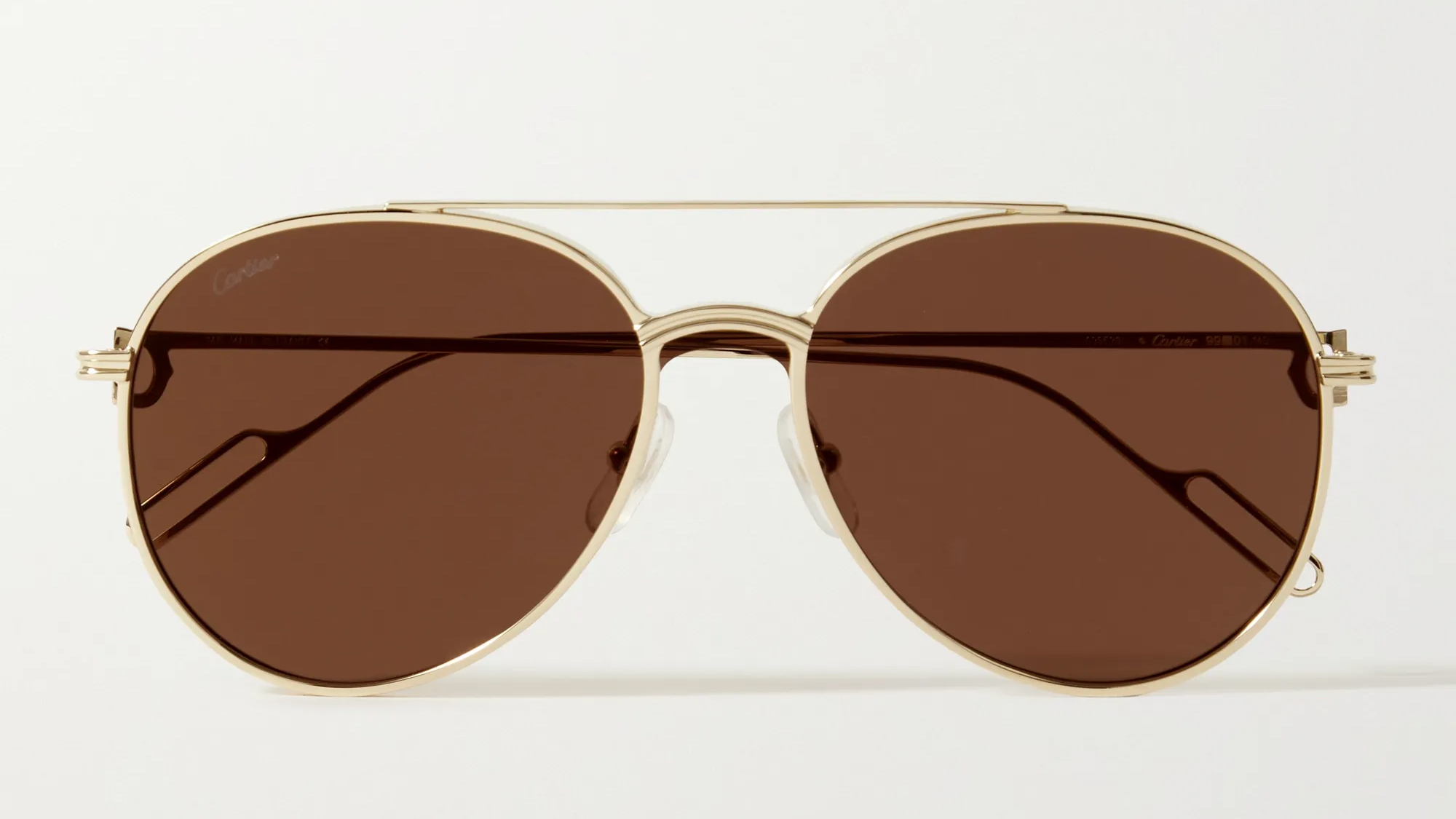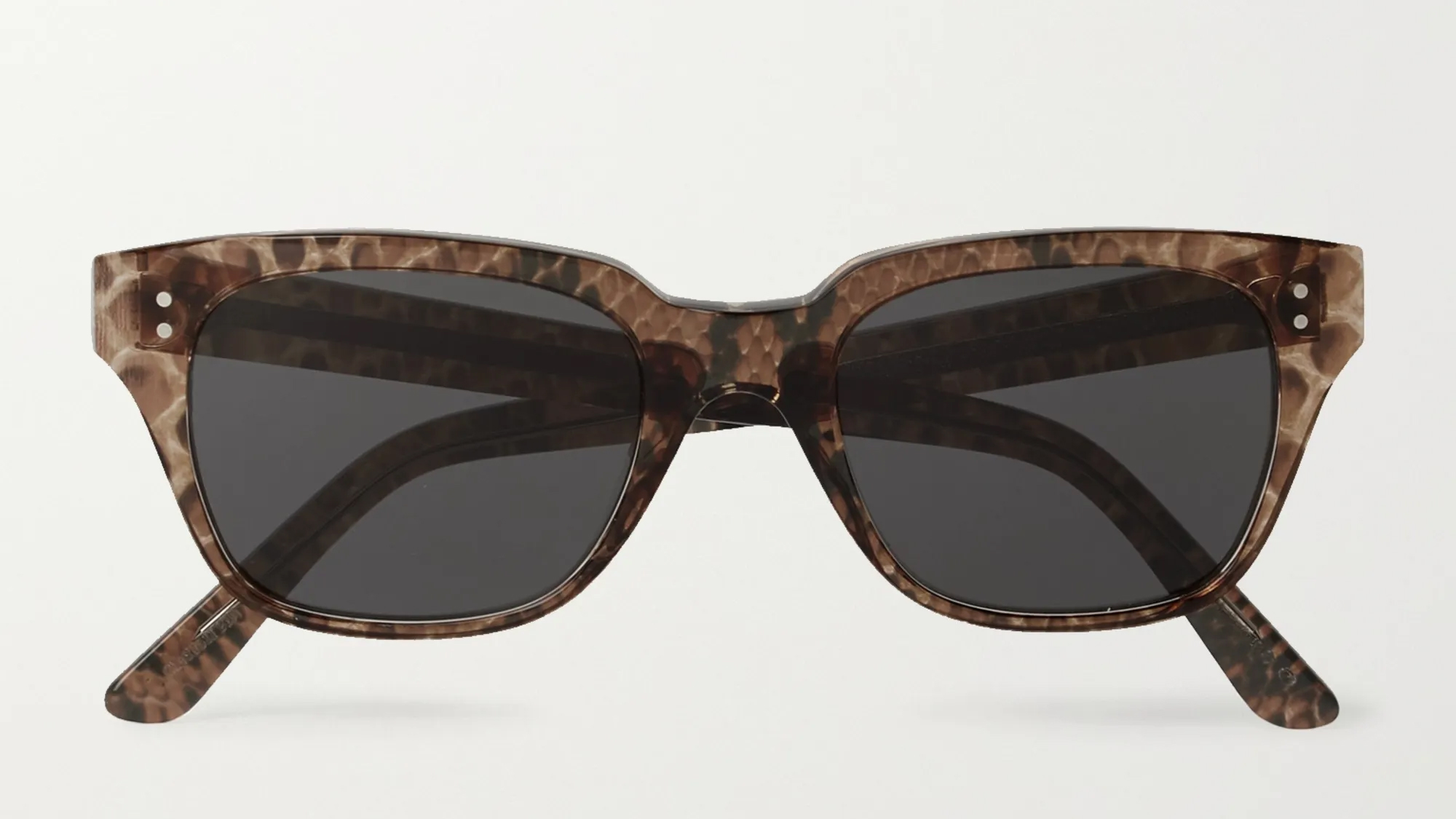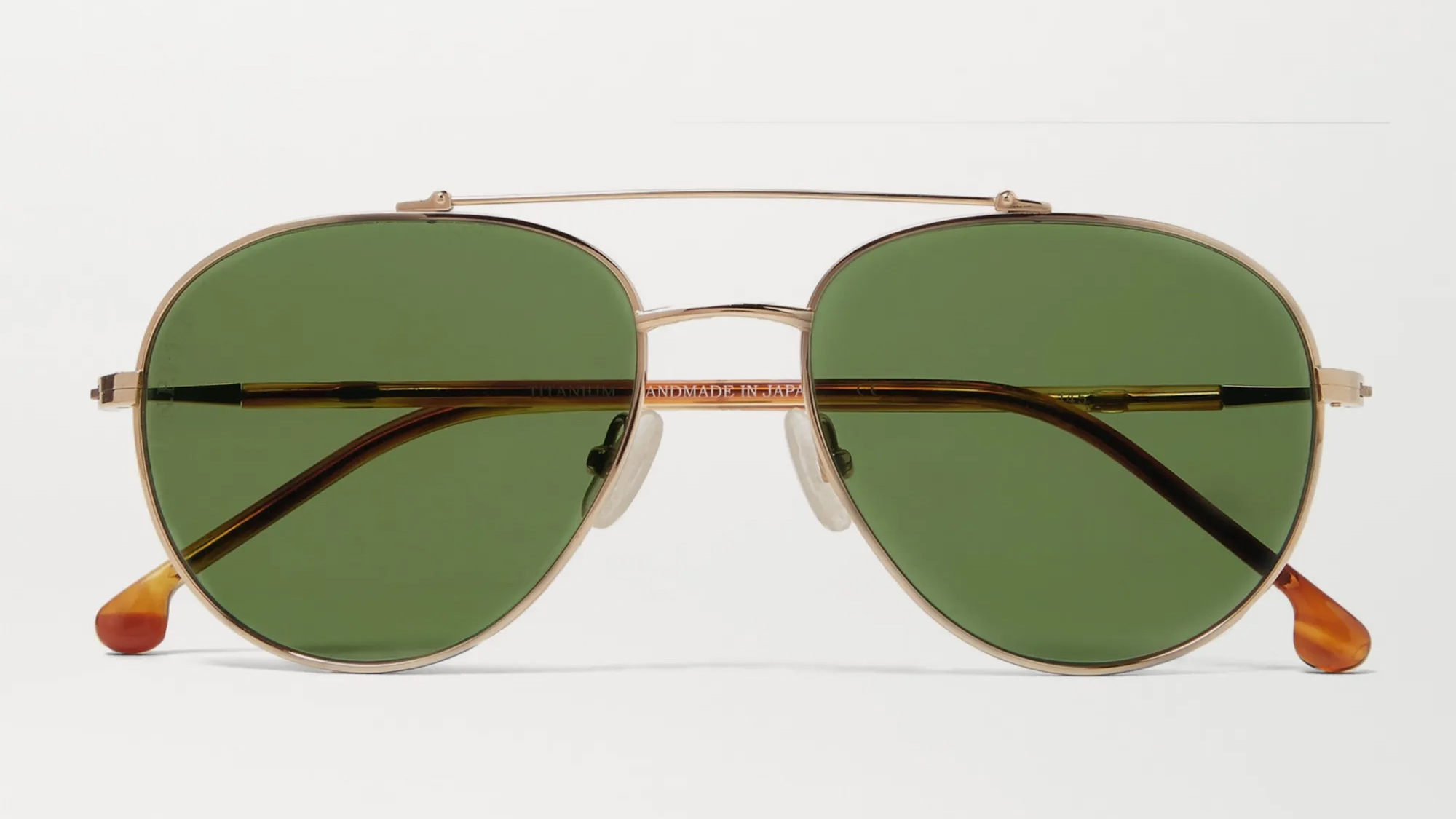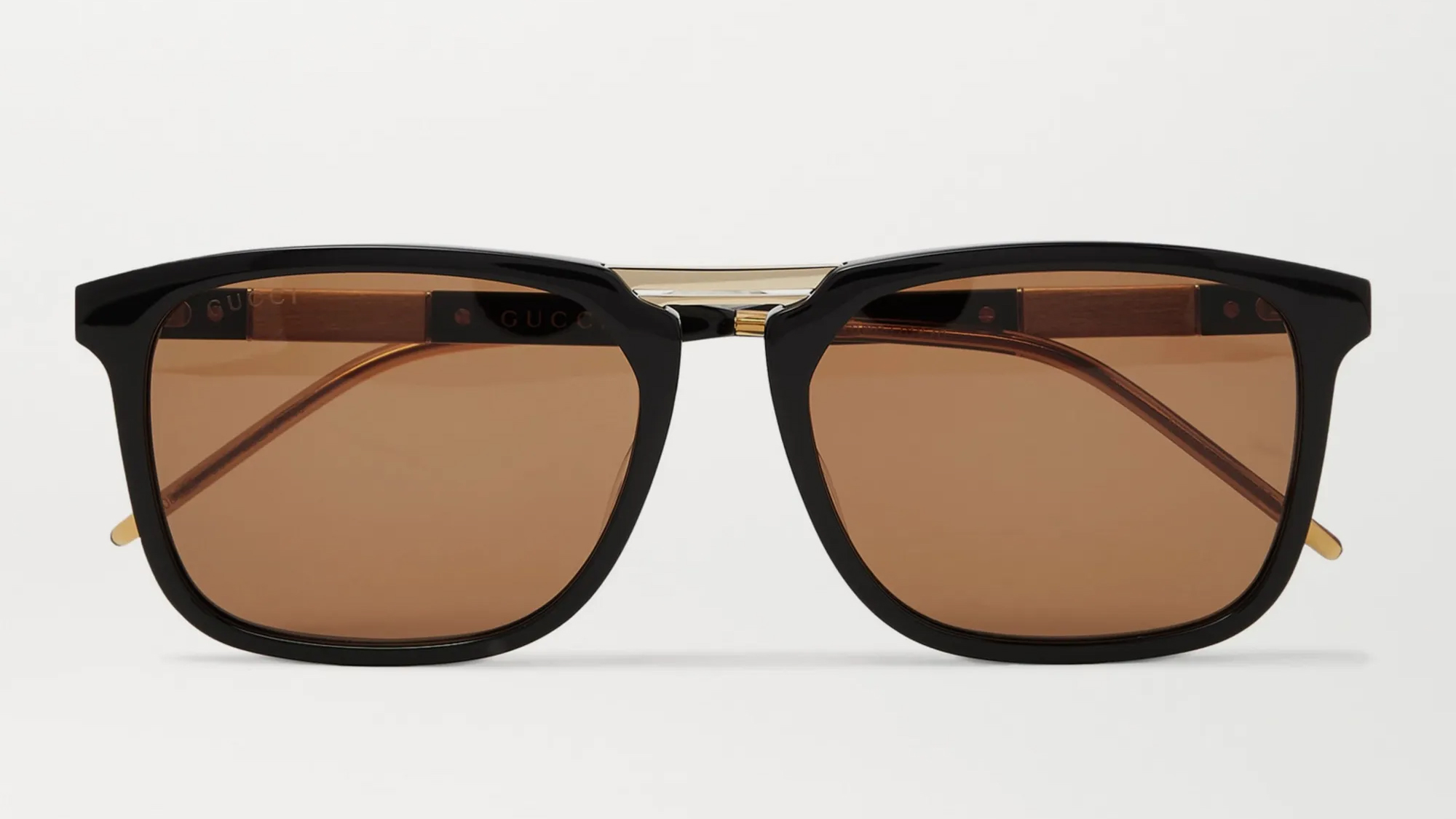
It’s no wonder the global sunglasses market is worth over £13bn. According to a recent Lost & Found Survey by location tech firm Pixie, sunglasses are the fourth most popular possession that people lose and therefore have to replace often. Some find themselves having to buy a fresh pair every year before summer comes around.
- Best sunglasses for men: shades from designer brands
However, finding a pair of sunglasses that you really like and are the right shape for your face isn’t easy. And since most people shop online these days, how do you know if the sunglasses you’ve picked out are suited to you and complement your face? We’ve asked a number of sunglasses experts for some advice when purchasing your next pair of shades.
Basic guidelines for fit
Sunglasses are worn on your face, so by nature become an extension of you. A perfectly fitting, well-made and well-chosen pair is therefore important. But what fitting is the right fitting?
“Sunglasses are generally worn oversized when compared to spectacles, but some of the same principles do apply,” explains Tom Broughton, founder of London eyeglass company Cubitts.
“For example, when it comes to comfort, ensure there's a good fit around your nose and ears, otherwise your sunglasses will slip down your face at the very mention of summer sweat.”
Broughton adds that, traditionally, when looking for a pair of frames to suit your mug, you should opt for one with the opposite characteristic to that of your face. For example, if you have an angular-shaped face, you might suit a round frame and vice versa.
“This is by no means a hard and fast rule,” adds Broughton. “Sunglasses should reflect your own style, so once you find a good fit, the style is up to you.”
Get all the latest news, reviews, deals and buying guides on gorgeous tech, home and active products from the T3 experts
The different face shapes and the best-shaped frames
When you’re shopping for sunglasses, you should also keep in mind that there are six common face shapes, each with a glasses design that will suit it the best. As a general rule of thumb, these are:
Square faces
Square faces: These face shapes will suit a round frame or aviator shape.

Aviator sunglasses example from Cartier Eyewear
Round faces
Best suited to cat-eye, square and rectangular-shaped frames.

Catseye sunglasses example from Celine Homme
Triangular faces
These need a soft shape like a pantos round or a cat-eye.

Round sunglasses example from Matsuda
Oblong faces
Best with an aviator-style frame.

Aviator style sunglasses example from Loro Piana
Diamond-shaped faces
Generally good with cat-eye or square frames.

Square sunglasses example from Gucci Eyewear
Heart faces
These are perfectly suited to rectangular frames

Square sunglasses example from Gucci Eyewear
Oval faces
These can pretty much get away with wearing any shape. But ultimately taste and personal preferences will prevail over choice.

Round sunglasses example from Cutler and Gross
Field of view is vital
Keeping in mind that sunglasses tend to be worn a size larger than optics, a good pair of shades should typically cover your browline.
“Check the pantoscopic field of view - in essence, how large you'd like the lens, and therefore how much of your peripheral vision to cover. If you want to maximise coverage, think about an aviator or pilot style of sunglasses, both of which are designed to do just that,” explains Broughton.
“Or if you already wear prescription spectacles, you could try adding clip-on sun frames, which are well-loved by our Cubitts customers.”
Which shade are you?
Lens colour is another consideration to take on board when choosing a pair of sunnies. Normally, you’ll find green, brown or grey tints in 85% absorption as standard. However, there is a huge range of colours available, all in solid or gradient shades.
While a light low ABS tint works well in the winter months, Broughton says one thing not to skimp on the UV protection level, something we will go into later.
Don’t follow the trends
Global Sunglass Category Director at Mondottica, Ettore Pisano, says his top tip when buying a new pair of sunglasses is to not be led by fashion trends.
“If that frame does not sit well on your face, don’t buy it just because it looks good in the advertising campaign or on that influencer,” Pisano says. “I see way too many people with bad fitting frames during the sunny season, and ask myself, why? There is so much choice out there of brands and styles, more than ever before, for people to find the perfect one. Shop around and try as many on as you can.”
UV protection is a MUST
The most important part of any sunglass is the lens, more so than the brand, the fit or the price, argues Pisano.
“Make sure always that they have the correct UV protection for what you need the frame for, as a low category lens can be dangerous for your eyes if used in the wrong environment,” he explains.
Always look for UV380 or above to prevent your eyeballs from taking a battering in the scorching summer sun.
“A perfect example is sports frames. If you are going skiing, you need a ‘high category 4’ protection.”

Lee Bell is a freelance journalist and copywriter specialising in all things technology, be it smart home innovation, fit-tech and grooming gadgets. From national newspapers to specialist-interest titles, Lee has written for some of the world’s most respected publications during his 15 years as a tech writer. Nowadays, he lives in Manchester, where - if he's not bashing at a keyboard - you'll probably find him doing yoga, building something out of wood or digging in the garden.
